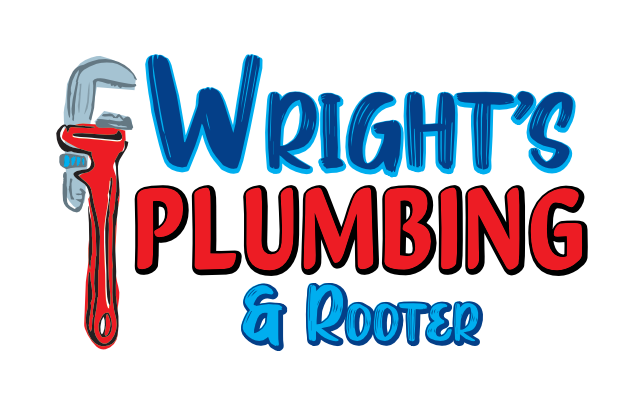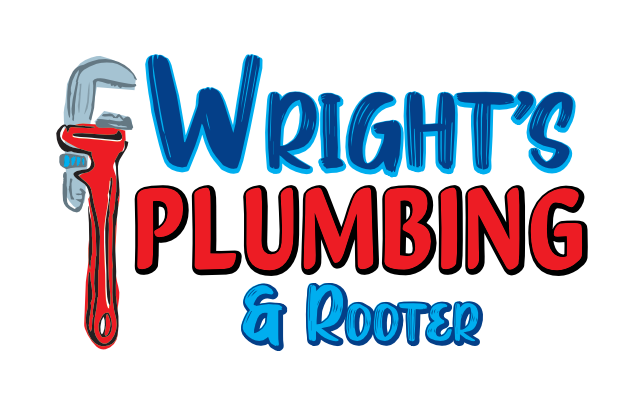The Hidden Dangers of Water Heater Vents: What Every Homeowner Should Know
Call Wright's Plumbing and Rooter For Water Heater Installation

The Hidden Dangers of Water Heater Vents: What Every Homeowner Should Know
When it comes to the appliances in your home, the water heater is the most used, and in our professional opinion, the most important! Water heaters play a very crucial role in delivering comfort and convenience into your home. But what many homeowners overlook is that while these systems are designed to safely heat your water, they can pose serious health and safety risks if not properly vented. Water heater vents play a critical role in expelling harmful gases like carbon monoxide from your home. When they fail, the consequences can be dangerous, even deadly.
What Do Water Heater Vents Do?
Water heaters, especially those that run on natural gas or propane, produce combustion gases as a byproduct of heating water. These gases include carbon monoxide (CO), nitrogen dioxide, and other harmful substances. A properly functioning venting system channels these gases safely out of your home.
Carbon Monoxide Poisoning
Carbon Monoxide Poisoning is the #1 hidden danger of failing water heater vents. Carbon Monoxide is an odorless, colorless gas that can be very deadly if not taken care of. If vents are blocked, corroded, or poorly installed, CO can backdraft into your home instead of venting outdoors. Symptoms of exposure include headaches, dizziness, and nausea—often mistaken for the flu. A good tip to help protect your home is to have a CO detector near your water heater and bedrooms.
Fire Hazard from Flammable Materials
As those gases heat up, warming your water heater not only does the tank itself get hot but also the vent will become extremely hot. If installation, paper, debris, or other flammables are stored to close the water heaters vent pipes, it can lead to a fire igniting. Older homes with makeshift venting are especially at risk. A good tip is to maintain a clear 6–12 inch buffer zone around vent pipes.
Backdrafting and Leaking Vent Pipes
Backdrafting occurs when combustion gases flow back into the house instead of being vented outside. This often happens in tightly sealed homes or when exhaust fans (like in kitchens or bathrooms) create negative pressure. A good tip is to ensure your vent has a proper rise and slope. A good way to check if your vent has the proper slope is to call a qualified plumber.
Corrosion and Leaking Vent Pipes
Moisture and acidic gases can corrode metal vent pipes over time, especially if the vent slope is incorrect or if condensation forms inside. Holes caused by this corrosion allows the gas coming from your water heater to leak out. A good tip is to regularly inspect your water heater vents for any rust of holes. You might also see some white corrosion powder near the joints. If you see this or any signs like it call Wrights Plumbing and Rooter and we will get you taken care of.
Incorrect Vent Materials
Using the wrong materials can result in melting, toxic fumes, or failed venting. Here at Wrights Plumbing and Rooter we use Type B venting which is the highest quality venting for your water heater.
Water heater vents are often out of sight, but they shouldn’t be out of mind. A venting issue might not show an immediate danger. But the consequences of leaving one unfixed can be life threatening. Having your water heater regularly inspected by a licensed professional and installing CO detectors can go a long way in protecting your home and family from disaster.
Call Wright's Plumbing and Rooter to have your water heater inspected to avoid these dangers.

